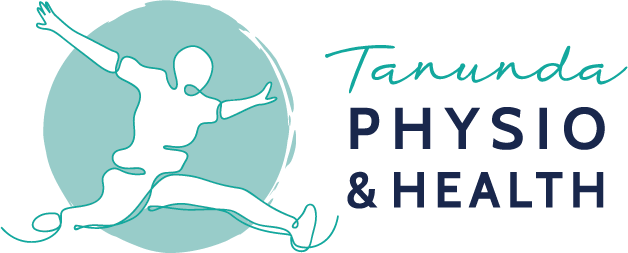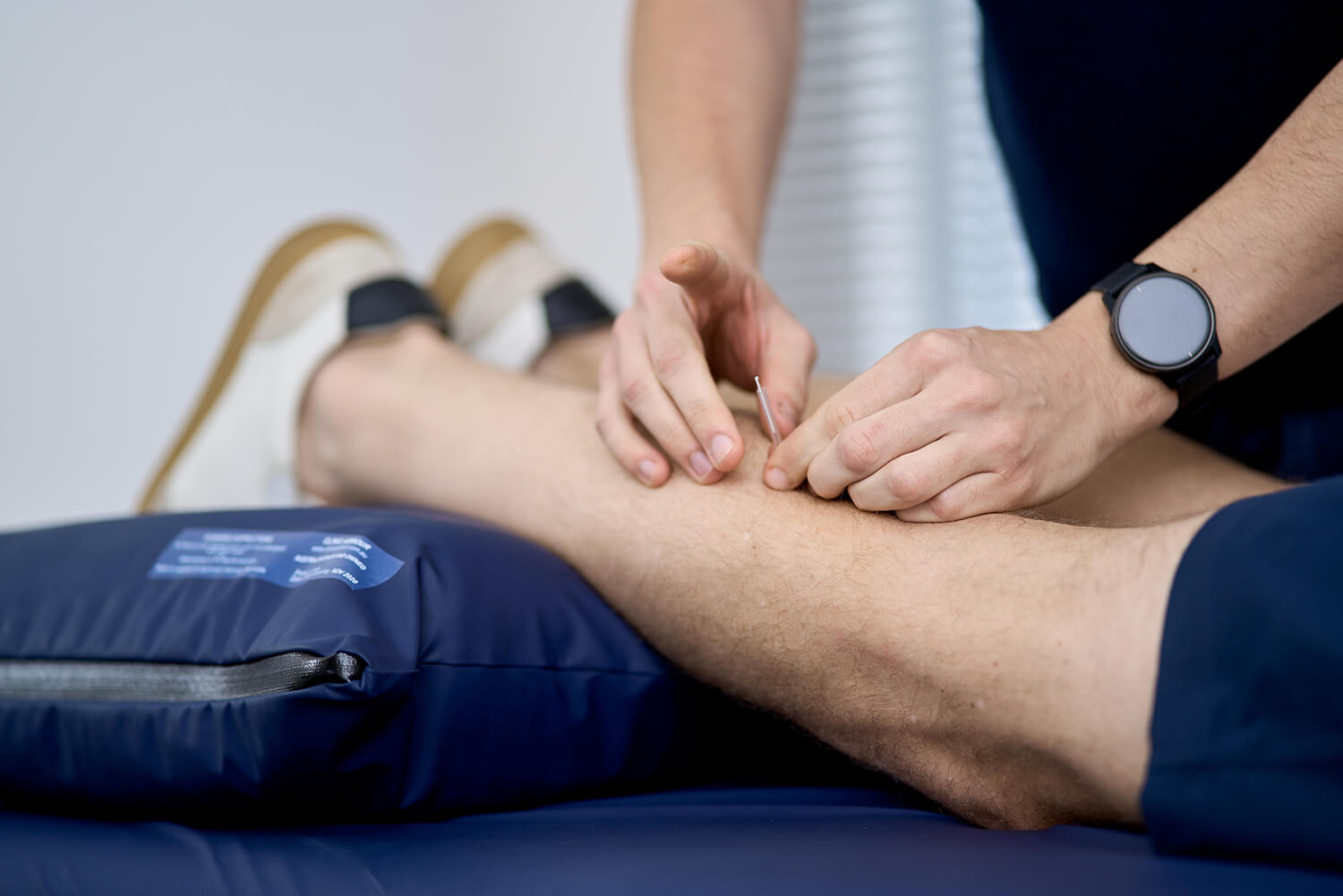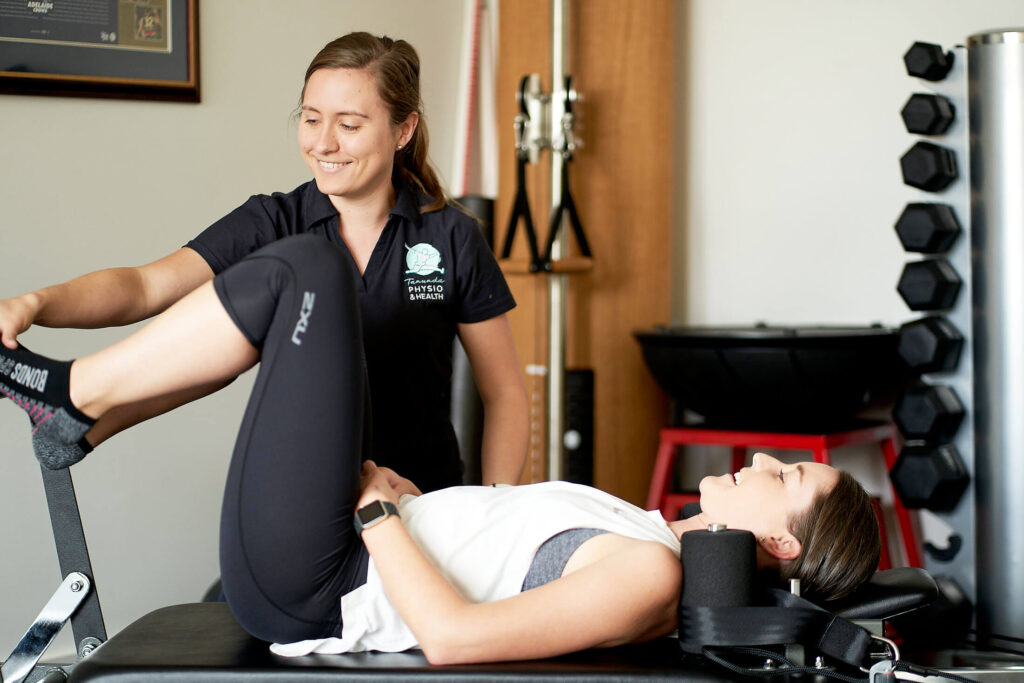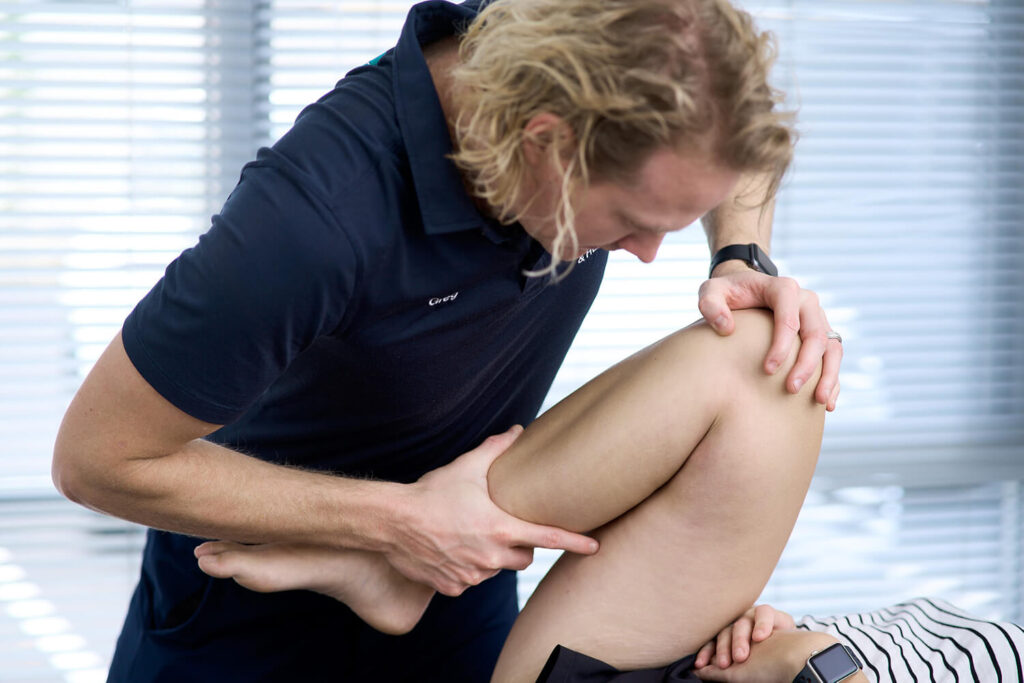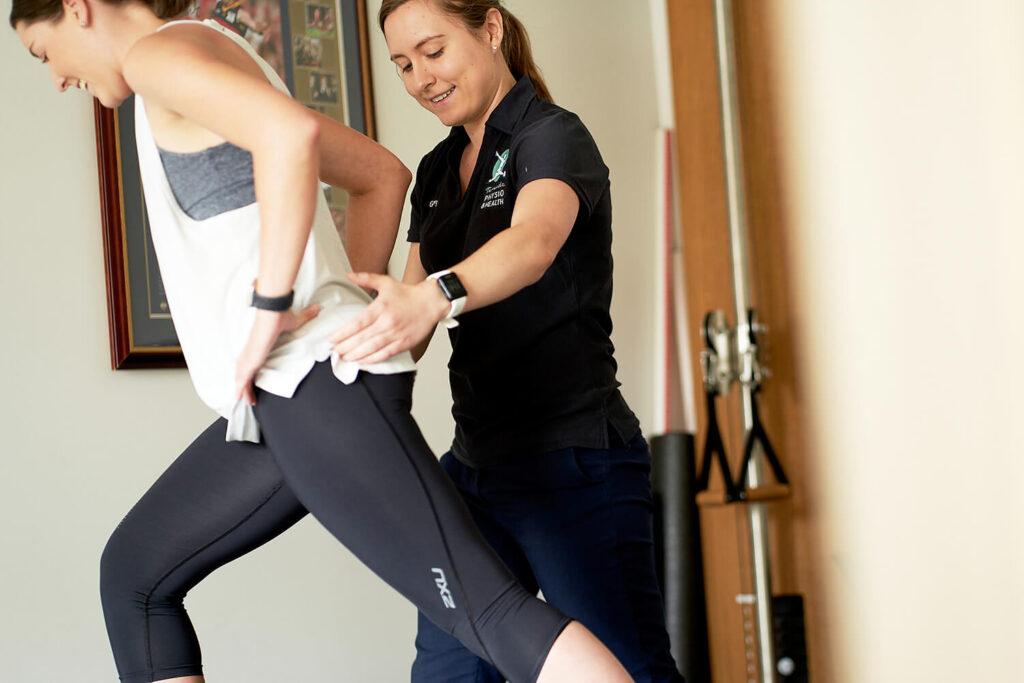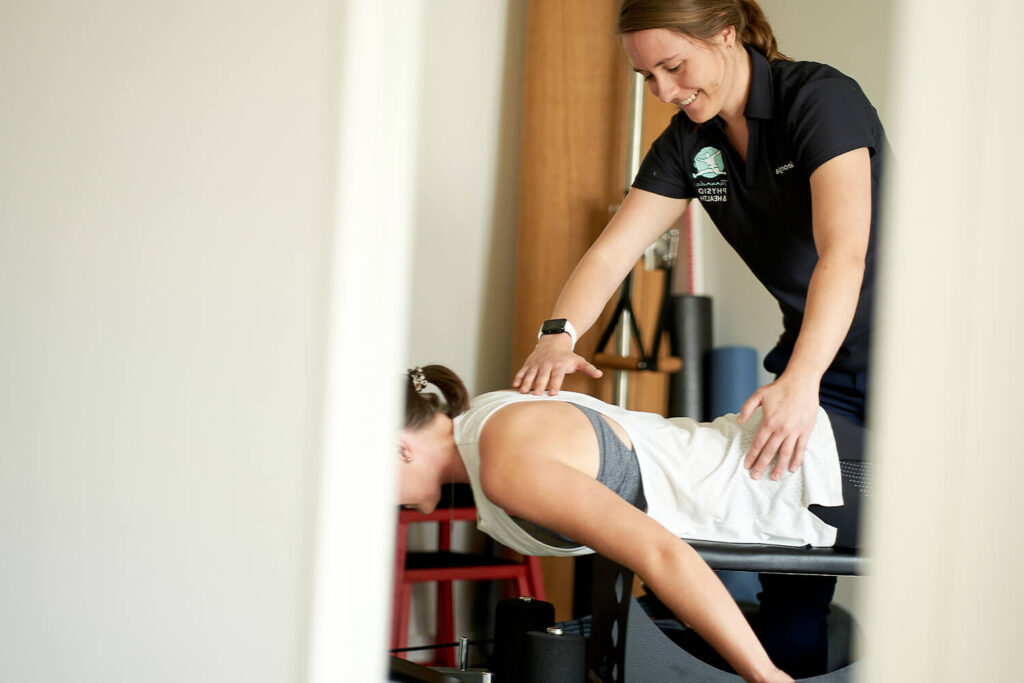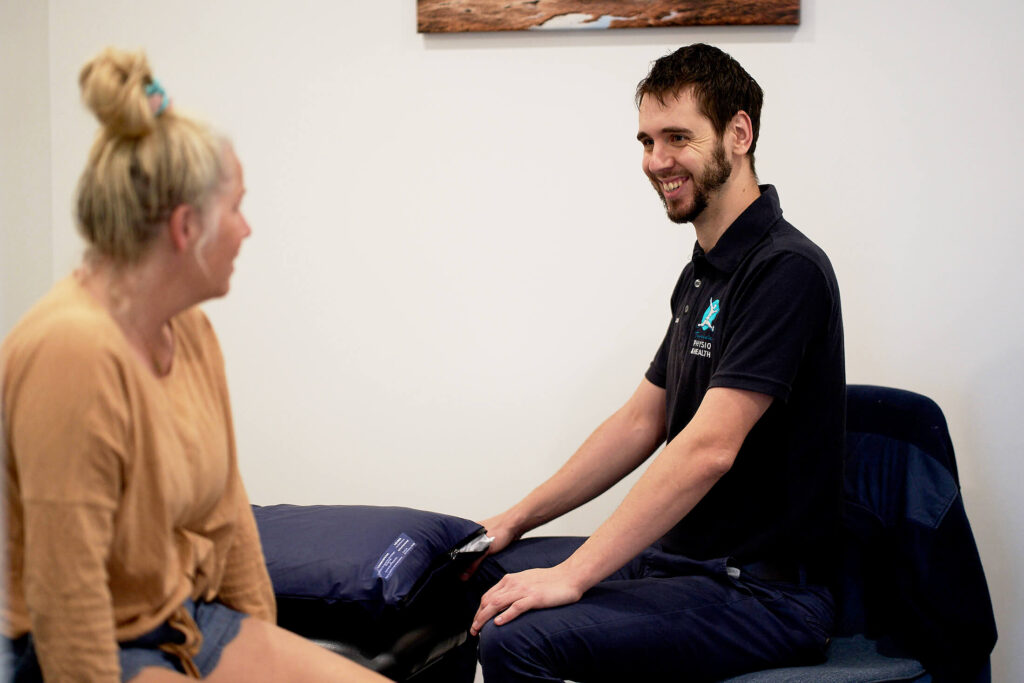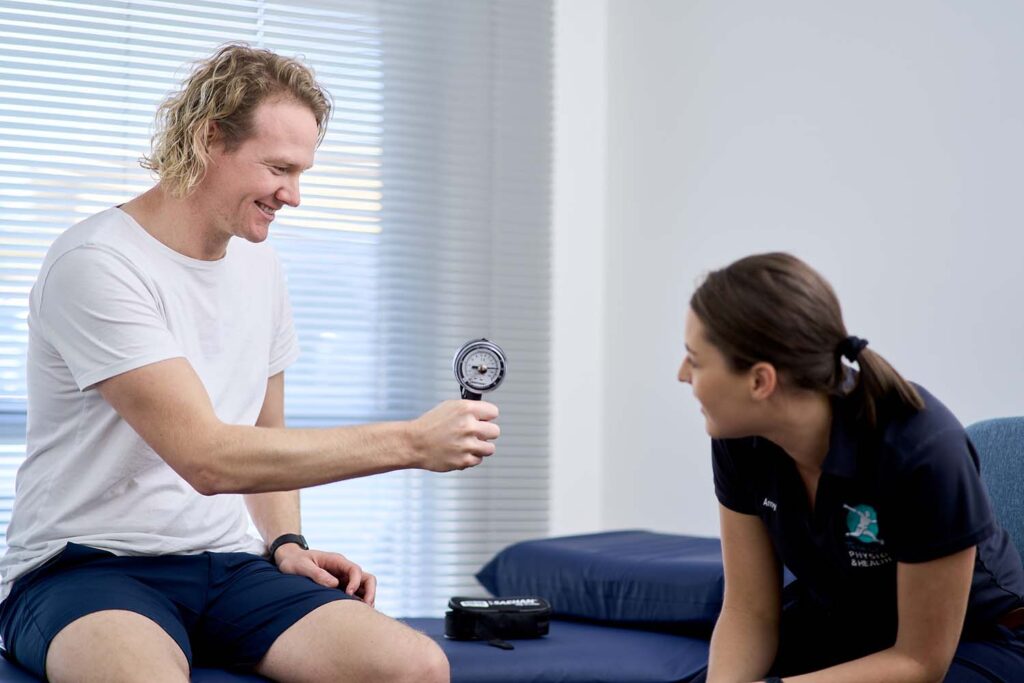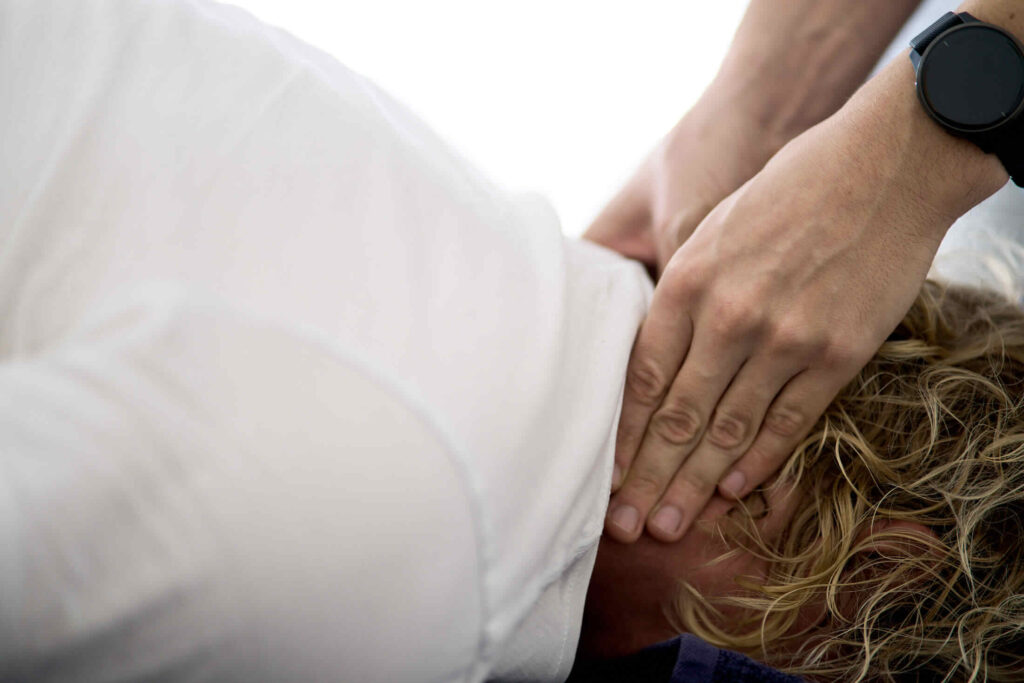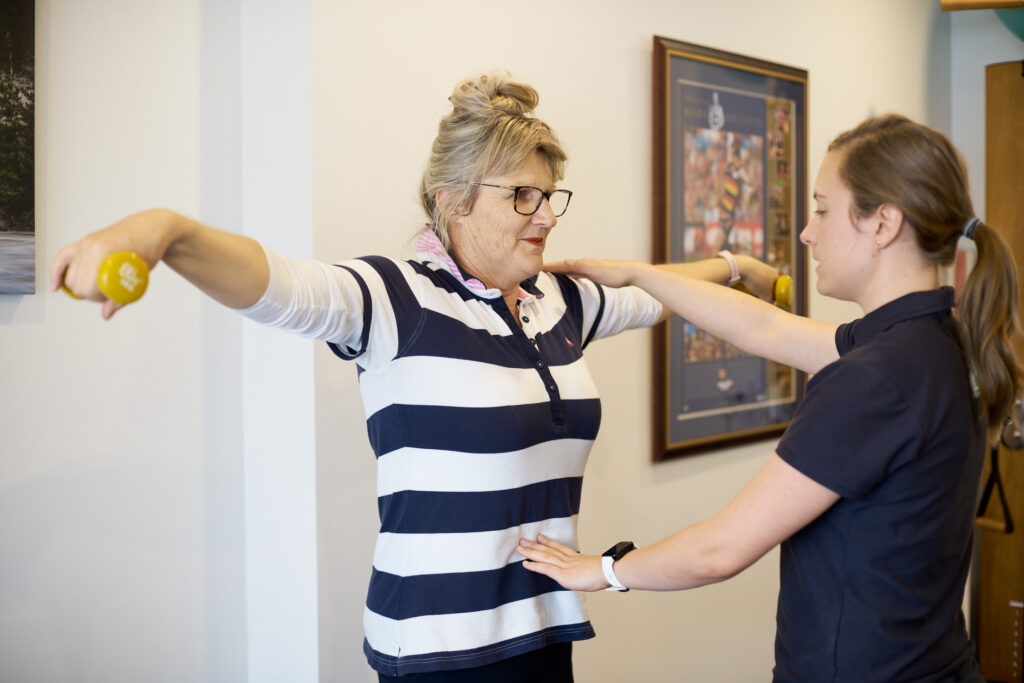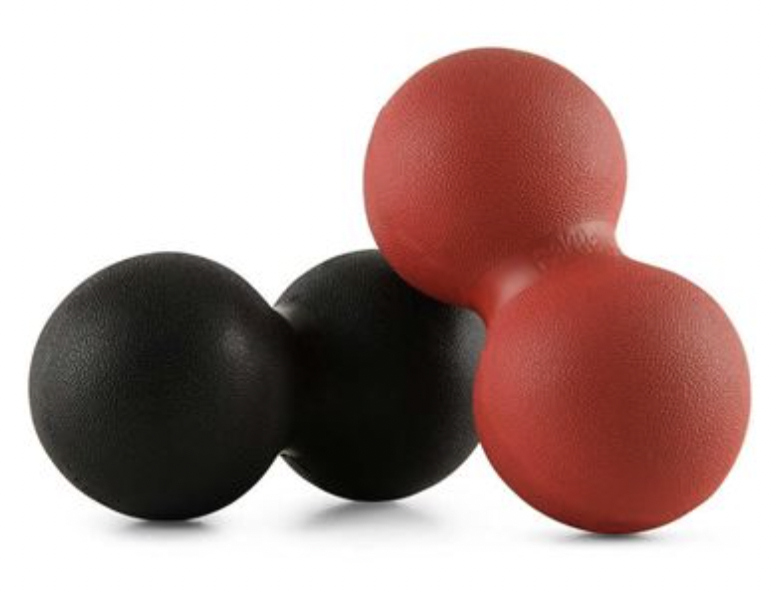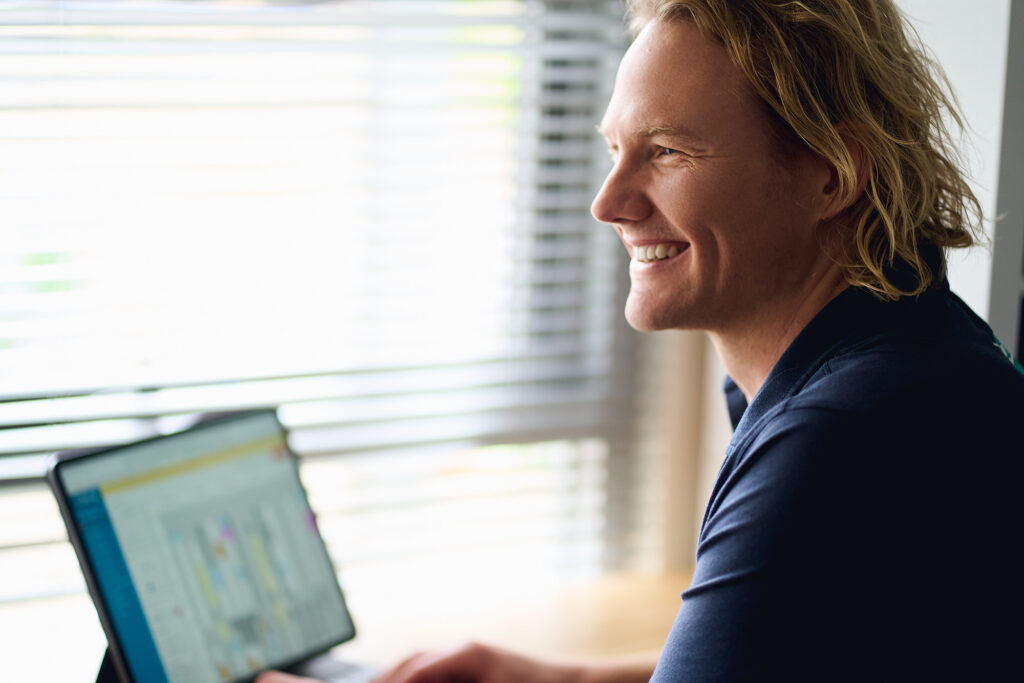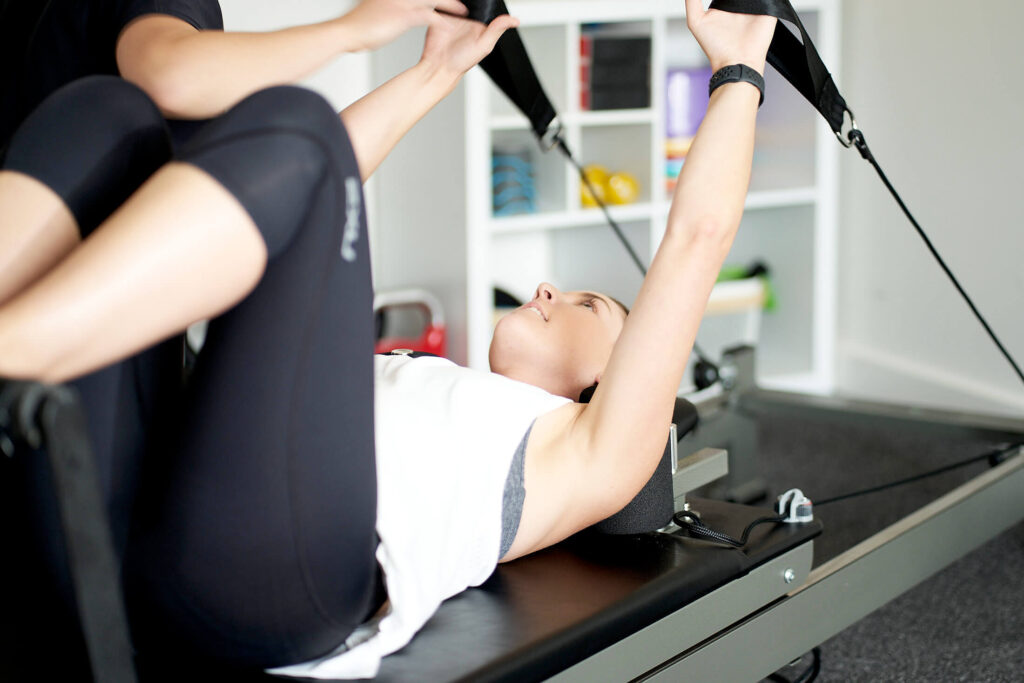What is Pilates? Pilates is a form of low impact exercise and movement which is focused on core strength and control of the whole-body. The…
Dry Needling or Acupuncture…
Many people ask us, “What is the difference between dry needling and acupuncture?”
It can be confusing as to the average person, both dry needling and acupuncture look essentially the same.
The needles used are the same and, although not technically correct, the terms are often used interchangeably.
So what are some of the key similarities and differences that differentiate these treatments?
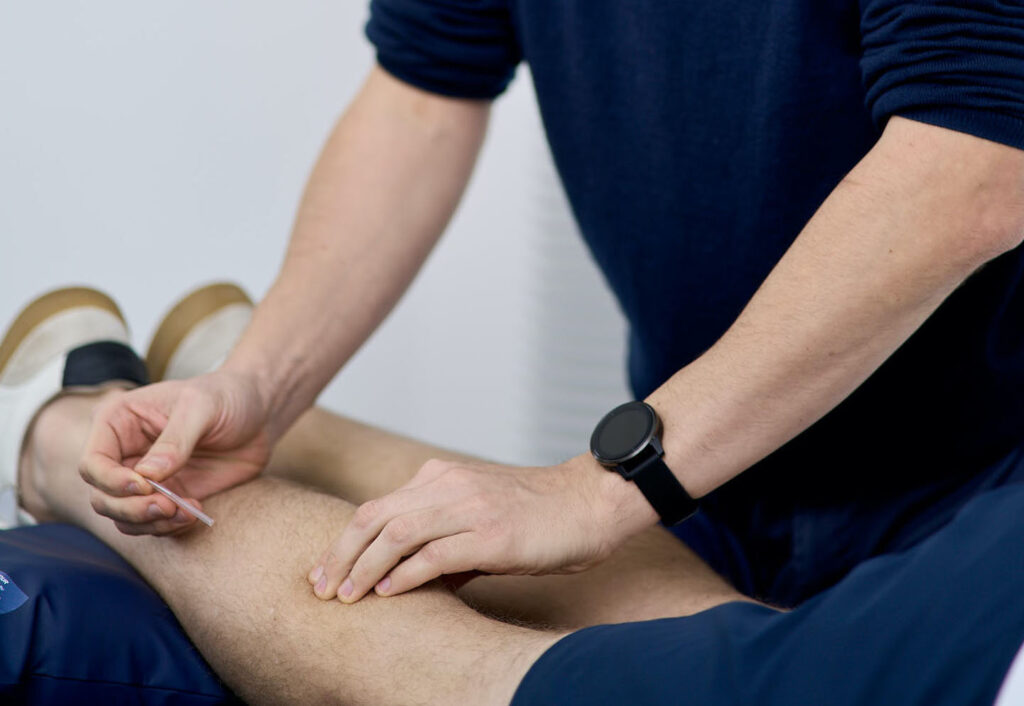
Similarities in the physiological effects.
The response in the body will be similar or the same with both approaches and both have proven benefits.
While the concepts explaining both are different, there’s no disputing both involve a needle entering the body. As a result there will be similarities in how the body responds.
Concepts used to explain the results of acupuncture and dry needling
While the needles are the same, the principles and application are different
Acupuncture refers to the traditional Chinese medicine which explains the concept with ancient knowledge and experiences. It is based on stimulating the flow of Chi (energy) through ‘meridian’ patterns of the body
Dry needling is based on anatomical and neuro-physiological principles. We stimulate these changes in a way known to help the problem that a person is presenting with. For example increased blood flow to increase healing, increased pain relieving chemicals to reduce pain)
Different application
Acupuncture will often work using Meridian patterns and acupuncture points. This means you may have treatment that involves placing needles in certain patterns through the body.
Dry needling, we find the specific body parts we want to impact and needle them. This may be a trigger point we want to release or an injury we want to increase blood flow for healing, etc.
Science of dry needling supports historical anecdotal evidence of acupuncture
While Dry needling generally speaking works in the medical model and uses anatomical/physiological changes to guide its use and explain its effects, these findings also support many long standing acupuncture principles.
For example, acupuncture uses various wellness points including those in the hands or feet for example to help relieve headaches.
Wellness and pain points are most often in areas that are now known that when stimulating cause the release of higher amounts pain relieving chemicals. This is as they are generally in parts of the body that are highly sensitive and so trigger greater response from the brain.
Common muscle trigger points also coincide with many acupuncture points and so frequently require release, with dry needling being one way to do this.
With all that in mind, as the science behind using needles in treatment increases, while the concepts of dry needling and acupuncture are very different, the applications and benefits can have increasingly more similarities.
Our physiotherapists at Tanunda Physio & Health are all trained in using Dry needling and can apply this as part of your treatment plan where appropriate.



